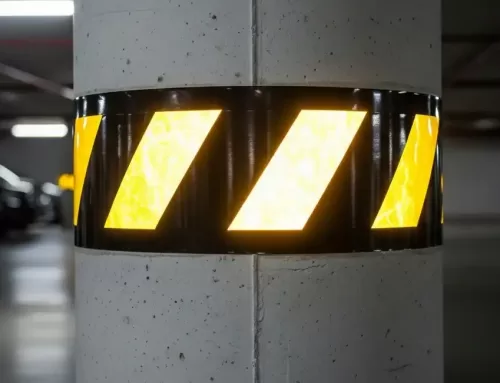The construction of new reflective material and prismatic reflective material
XW Reflective is a high-tech enterprise specializing in the research and development, production and sales of reflective materials and their products.
We have products ,like,refelctive film,reflective clothes or fabric as well as reflective sgins used in highways or roads.
That is to say,our refelctive material can be wildely used in the occupational clothes,sports equippment, outdoor billboards,and administration facilities.
Our company spends no time updating the facilities and equipment and enhancing the core technology for production.
So that,we have the advantages over other enterprises and we can get more high-quality suppliers for our production.

In another aspect, we change the production line in order to reduce the cost and the energy consumption an then enhance the processing efficiency.
Meanwhile,our company take advantages of the mastered technologies and means to devise a total different seeting occasions for the customeers.
And we have designed a new function of the products.
Reflective materials and reflective products combine reflective materials with downstream traditional industries ,such as ,clothing, shoes and hats, providing new elements and new impetus for product innovation in downstream industries and meeting the customized ,diversified product needs of downstream customers.
That means,with high-quality product quality and customer service, our company’s products have won wide recognition from domestic and foreign customers who are located in many countries and regions including, Asia, Europe and South America.
In optical instrument systems , like total stations, we usually see the prism.
So what is it ? What are its functions?
1. The introduction of the prism.
It is prism that can be widely used in the variety of optical intruments ,which is ofen called reflective optics.
2. The functions of the prism:
The main function of prism is to deflect or reflect the light path.
After the total station emits a light signal, it then accepts the light signal reflected from the reflective prism.
Next, we will calculate the phase shift of the signal.
In this way, the time it takes for light to pass through can be indirectly calculated, and finally, the distance from the total station to the reflecting prism can be measured.
3 .The principle ofthe prism:
In fact,the principle of prism is laws of reflection and refraction of light.
To be more detailed, when light is reflected in the same medium, its reflection angle is equal to the incident angle.
However ,when light is incident from one medium to another medium perpendicular to the planes of the two media, no refraction occurs.
4 .The classification of prims:
Reflecting prisms can be divided into: single prism; 3 prism; 9 prism; simple prism; benchmark single prism, and etc.
Some tips for you:
1. When using a reflecting prism, the prism constant is involved. Assuming that the vertex of the reflecting prism is on the vertical line of the measuring point, the correction value of the refractive index of the prism (glass material) is the prism constant.
2. The prism of the centering rod, we commonly use, can be installed from the front and back. If the installation position is different, the prism constant will be different even if the same centering rod is used.
3. Before using the total station for field work, we should first determine its prism constant.
And meanwhile,there are two methods to determine the distance measuring prism constant of the total station: the “six-segment method” and the “three-station method”.





